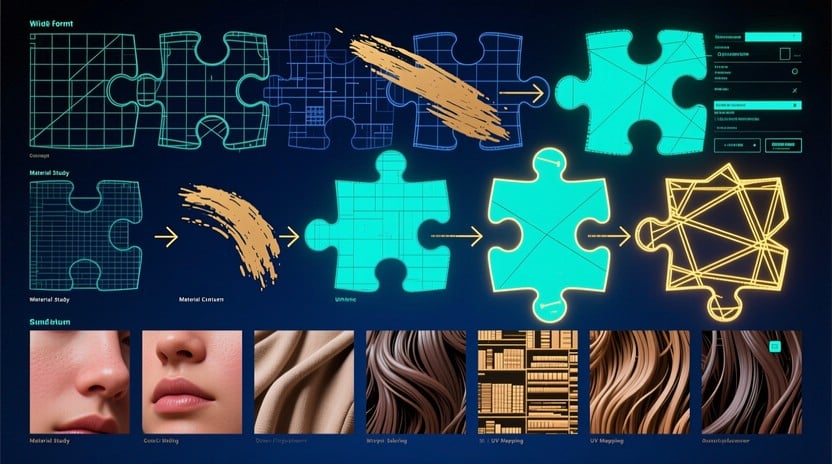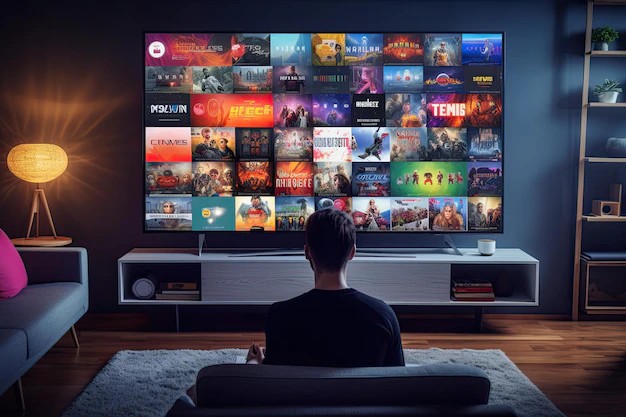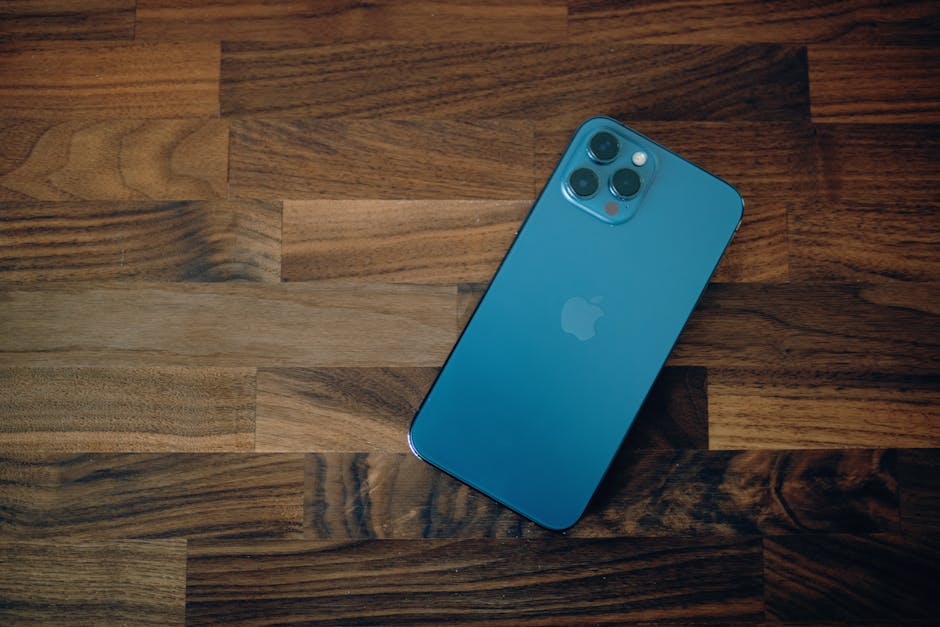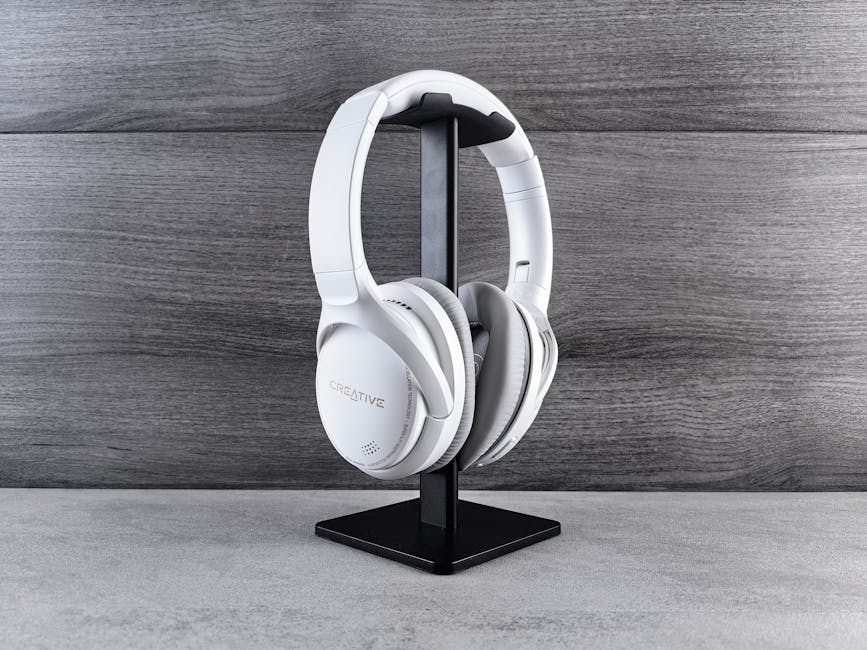The Unseen Controller: Debating the Need for a Vision Pro Wand
Apple’s entry into spatial computing with the Vision Pro marked a paradigm shift in human-computer interaction. By championing a controller-free experience built entirely on eye-tracking and hand gestures, Apple drew a clear line in the sand, differentiating itself from the established virtual and mixed reality market. This decision aligns perfectly with the company’s long-standing design philosophy, a principle seen throughout decades of iPhone news and iPad news: make the technology feel invisible and the interaction utterly intuitive. The magic of looking at an icon and pinching your fingers to launch it is undeniable, representing the pinnacle of a seamless user interface.
However, as the dust settles and developers and users begin to explore the deeper capabilities of visionOS, a compelling conversation is emerging. The latest Apple Vision Pro news isn’t just about new apps or software updates; it’s about a potential hardware evolution. Competitors in the mixed reality space continue to iterate on headsets that lean heavily on physical controllers, highlighting a fundamental debate about the future of spatial interaction. This has ignited speculation and discussion around what the community has dubbed the “Vision Pro Wand”—a hypothetical physical controller designed for Apple’s headset. This article delves into the technical arguments for and against such a device, exploring the limitations of a purely gesture-based system and the immense potential that a physical accessory could unlock for gaming, professional applications, and the entire Apple ecosystem.
Section 1: Apple’s Philosophy vs. Physical Reality: The Controller-less Gambit
To understand the debate surrounding a potential Vision Pro wand, one must first appreciate the foundational principles behind Apple’s current approach. The decision to omit controllers was not an oversight but a deliberate, philosophical choice rooted in the company’s core identity.
The Purity of Direct Manipulation
Apple’s success has always been tied to simplifying complex interactions. The jump from command lines to the Macintosh GUI, the evolution from the iPod Classic news of scroll wheels to the multi-touch screen of the iPod Touch, and the subsequent mobile revolution with the iPhone were all driven by this ethos. The Vision Pro’s interface is the next logical step in this journey. The core idea is “direct manipulation,” where the user’s natural gaze and hand movements directly control the digital environment. There is no intermediary device to learn, hold, or charge. This approach lowers the barrier to entry significantly, making spatial computing feel less like a niche technology and more like a natural extension of one’s own senses. The latest iOS updates news continues to refine this directness on mobile, and visionOS is its three-dimensional culmination.
Strengths of the Current Eye and Hand Tracking System
For a vast range of applications, the current system is not just adequate; it’s revolutionary. Navigating visionOS, arranging windows in your physical space, browsing the web, and watching immersive content on an app like Apple TV+ feels futuristic and effortless. The precision of the eye-tracking is remarkable, ensuring that the system always knows your point of focus. The simple “pinch-to-click” and “pinch-and-drag” gestures are easy to master and versatile enough for most common tasks. This seamless integration is a testament to Apple’s hardware and software prowess, a key theme in all Apple ecosystem news. For media consumption, light productivity, and social applications like FaceTime, the controller-less method is an elegant and powerful solution that keeps the user’s hands free and unencumbered.
Section 2: The Case for a Physical Controller: Precision, Haptics, and High-Fidelity Input

Despite the elegance of hand-tracking, its limitations become apparent when moving from consumption and light interaction to creation and high-intensity gaming. This is where the discourse around Vision Pro wand news gains significant technical merit.
The Irreplaceable Value of Haptics and Precision
The most significant advantage of a physical controller is tactile feedback, or haptics. When you press a physical button or feel a vibration, your brain receives a confirmation that an action has occurred. Hand-tracking in mid-air offers no such feedback. For gamers, haptics are crucial for immersion—feeling the recoil of a weapon or the rumble of an engine. For professionals, it’s about confirmation. A 3D artist sculpting a model or a surgeon practicing a virtual procedure needs the certainty that a physical tool provides.
This brings us to precision. While eye-tracking is precise for targeting, fine motor control with unsupported hands in 3D space is inherently less stable than manipulating a physical object. Consider the analogy within Apple’s own product line, a frequent topic in Apple Pencil news. While an iPad is fully functional with just your fingers, artists, designers, and note-takers rely on the Apple Pencil for its sub-pixel precision, pressure sensitivity, and tilt control. A “Vision Pro Wand” could serve a similar purpose, acting as a high-fidelity tool for tasks that demand more than a simple pinch. The speculation around Apple Pencil Vision Pro news suggests a future where a single precision tool could work across the entire ecosystem.
Closing the Gap in Gaming and Professional Applications
The current gesture-based system is not optimized for the fast-paced, complex inputs required by many gaming genres. Actions like swinging a sword, aiming a bow, or piloting a complex vehicle are difficult to replicate accurately and comfortably with hand gestures alone. A wand-style controller with buttons, triggers, and a joystick would instantly make the Vision Pro a more viable platform for serious gaming, attracting developers and titles from competing ecosystems. Similarly, professional applications in fields like engineering (CAD), architecture, and digital content creation rely on precise, repeatable inputs. A physical controller could feature customizable buttons and dials, allowing professionals to map complex commands and workflows for a more efficient and less fatiguing experience. This could transform the Vision Pro from a spatial computer into an indispensable professional workstation, a key driver for future Apple AR news.
Overcoming Technical Hurdles: Occlusion and Fatigue
Hand-tracking systems rely on cameras to see the user’s hands. If your hands are down by your side, behind your back, or otherwise outside the headset’s field of view (occlusion), the system loses track of them. This forces users to keep their hands in a relatively constrained area. Furthermore, holding one’s hands up to perform gestures for extended periods can lead to physical discomfort, a well-known issue in the VR community referred to as “gorilla arm.” A physical controller solves both problems. It can be tracked independently using technologies like infrared LEDs or ultrasonic emitters, allowing it to function even when out of the cameras’ direct line of sight. It can also be rested comfortably in the user’s lap, enabling long sessions without physical strain.
Section 3: Market Implications and Ecosystem Integration
Introducing an optional physical controller would have wide-ranging implications for Apple, developers, and the broader mixed reality market. It would represent a strategic evolution, acknowledging that a one-size-fits-all input method may not be sufficient for a platform with such ambitious goals.
Learning from the Competition and Expanding the Market
Competitors have demonstrated that a robust controller-based ecosystem is a powerful driver for adoption, particularly in the gaming sector. By offering a similar input modality, Apple could more easily attract developers who have already invested heavily in creating content for controller-based platforms. This would rapidly expand the Vision Pro’s app library beyond its initial focus on productivity and media. This strategy mirrors other areas of Apple TV marketing news, where securing a wide range of content is key to platform growth. An official wand would signal to the market that Apple is serious about high-end gaming and professional AR/VR, potentially capturing a segment of users who currently favor other systems.
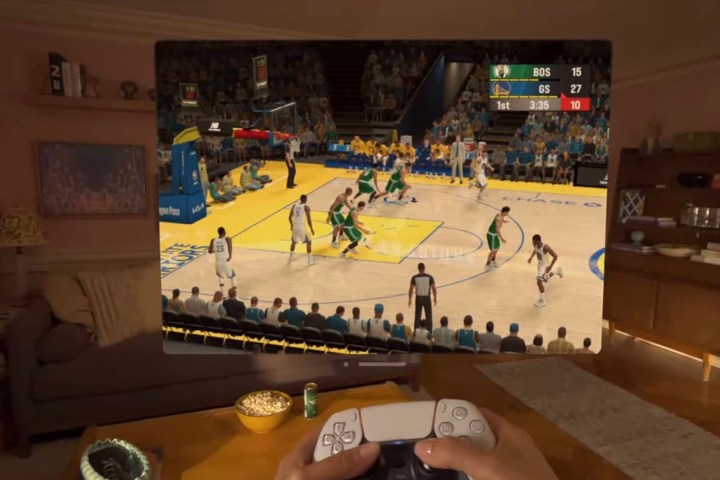
How a Wand Could Integrate into the Apple Ecosystem
The release of new Vision Pro accessories news would be a major event. A Vision Pro Wand would not exist in a vacuum; it would be deeply integrated into the Apple ecosystem. One could imagine it charging via USB-C, pairing seamlessly like AirPods, and being locatable via the Find My network, a feature that would leverage technology discussed in AirTag news. It could potentially feature a small touch surface, haptic engine, and even a Siri button for voice commands, enhancing its utility and tying into ongoing Siri news. The design would undoubtedly follow Apple’s minimalist aesthetic, feeling more like a premium creative tool than a simple gaming peripheral. This approach—creating optional but highly desirable accessories like the AirPods Pro or Apple Pencil—is a proven and profitable strategy for Apple.
Empowering Developers with New Possibilities
For developers, the introduction of a physical controller would be a game-changer. It would unlock the potential for entirely new genres of apps and experiences on visionOS that are currently impractical. This includes:
- High-Fidelity Games: First-person shooters, rhythm games, and complex simulators.
- Creative Tools: 3D sculpting, painting, and modeling applications that require precise, tactile input.
- Enterprise Training: Simulations for complex manual tasks in medicine, manufacturing, and engineering.
This would create a more diverse and compelling software landscape, encouraging more users to invest in the platform. It could even influence future iOS security news and Apple privacy news, as Apple would need to ensure the data stream from such a precise controller is handled with its typical focus on user protection.
Section 4: The Path Forward: A Hybrid Approach

The most likely and logical future for Vision Pro input is not a replacement of hand-tracking but an augmentation of it. The solution is not “either/or” but “both/and,” providing users with choice and developers with flexibility.
Best Practices: Designing for a Multi-Modal Future
The ideal scenario involves a hybrid input model. Users could rely on hand-and-eye tracking for navigating the OS, watching movies, and casual browsing. When they launch a game or a professional design app, they could simply pick up their Vision Pro Wand for more precise control. The system would need to switch between these modes seamlessly. Developers should be encouraged to adopt a “hands-first” design philosophy, ensuring their apps are navigable with the base system, but also including enhanced support for a physical controller to unlock advanced features. This ensures a consistent experience for all users while rewarding those who invest in additional hardware.
Tips and Considerations
For Apple, the primary challenge would be to introduce a controller without fragmenting the platform or diluting its core message of simplicity. Clear guidelines for developers would be essential. For users considering the Vision Pro, it’s important to evaluate their primary use cases. If your interest is mainly in immersive media and productivity, the current system is more than sufficient. If you are a gamer or a 3D professional, waiting to see how the Vision Pro accessories news unfolds might be a prudent choice. The conversation also touches on accessibility, where a physical controller could offer an alternative input method for users who may have difficulty with specific hand gestures, a consideration that aligns with broader trends in Apple health news.
Conclusion: Embracing Choice in Spatial Computing
Apple’s decision to launch the Vision Pro with a controller-free interface was a bold and innovative statement that pushed the industry forward. It created a magical and intuitive experience that sets a new standard for spatial navigation. However, the ongoing Vision Pro wand news and speculation are not a critique of this achievement but a recognition of the platform’s vast potential. The demand for precision, haptic feedback, and the familiar controls needed for complex gaming and professional work is undeniable. By introducing an optional, beautifully engineered physical controller, Apple would not be abandoning its vision but expanding it. It would be an acknowledgment that the future of spatial computing is not about a single, perfect input method, but about providing users with the right tool for the right task, further solidifying the Vision Pro’s place as the ultimate computing platform for every kind of user.








